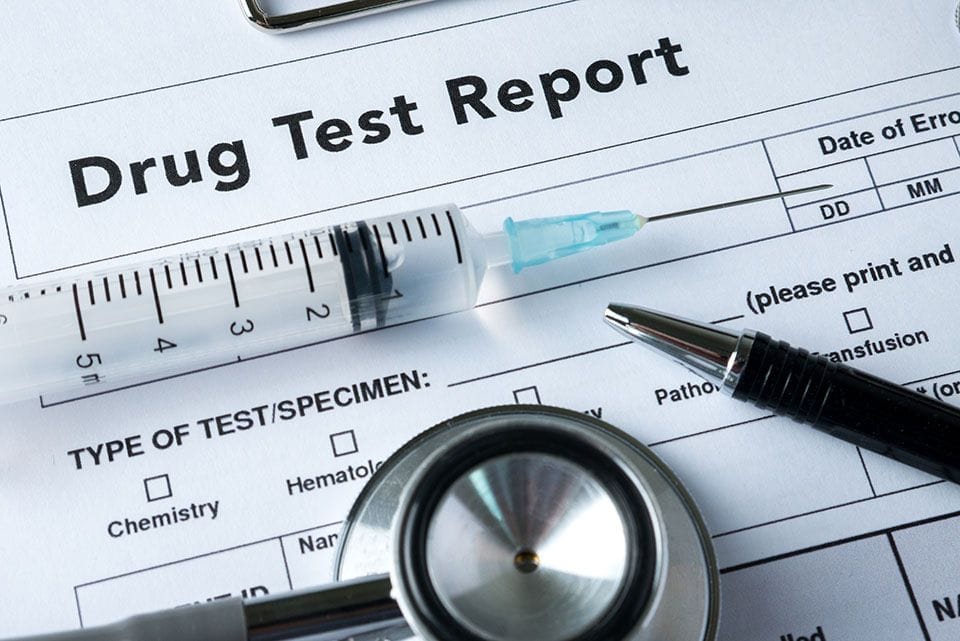Addiction is often measured, in part, by the impact it makes on a person’s quality of life. In instances of substance use, it can also be measured by intensity and frequency of use. In other behaviors, such as compulsive gambling, the behavior can also be measured in the frequency of the behavior. However, without any impact on the quality of life, addiction would not have the same bite. Across all types of addiction, there is a pattern observed in which the pursuit of that substance or behavior becomes significantly more important than anything else, including loved ones. Work and other responsibilities may be abandoned to answer a craving, leaving family and friends baffled: How can a person keep choosing an unhealthy behavior over the life they have worked to build? While the pursuit of the substance or behavior may drive an addicted individual’s choices, there is generally a let-down once the craving is fulfilled. The drive to obtain an opportunity to use a drug or to engage in a compulsive behavior is generally not satisfied by the completion of the behavior.
Drug Addiction and Sex Addiction Compared
This pattern plays out in a study conducted at the University of Cambridge in London, England, where researchers compared the brain activity of individuals addicted to drugs with that of individuals with sexual behaviors that were compulsive. The findings were published in the July 2014 issue of the journal PLOS One and provide evidence that there may be similarities between drug addiction and compulsive sexual behaviors. The information comes following the omission of sex addiction in the most recent edition of the Diagnostic and Statistical Manual. The fifth edition did not include sex addiction as a disorder, but the findings suggest that the topic may require more discussion. Led by Valerie Voon, MD, PhD, the researchers examined the brain activity of individuals with compulsive sexual behaviors, such as frequent thoughts about sex, frequent viewing of pornography and having sex. When the individuals viewed sexually explicit films, areas of the brain were active that are also active for drug addicts while pursuing the use of their substance of choice. The study revealed important differences in brain activity between individuals with compulsive sexual behaviors and healthy controls. The differences are similar to those seen when comparing drug addicts with healthy controls.
Measuring Addictive Brain Activity
The study included 19 men that reported compulsive sexual behavior, including excessive pornography use. The researchers compared the brain activity to healthy men that did not exhibit compulsive sexual behaviors. The participants who had a history of compulsive sexual behavior all reported that the behavior patterns had a significant impact on their lives. They were unable to sufficiently control the behaviors and their lives and relationships were being negatively impacted. The researchers noted that this impact is similar to that described by drug addicted individuals and wanted to see if there were also similarities in how the brain functioned. The individuals enrolled in the study were shown two types of videos: sexually explicit films and movies of sporting events. Among men with compulsive sexual behaviors, there were three areas of the brain that exhibited increased activation. The ventral striatum, the dorsal anterior cingulated, and the amygdala all showed more activity when the explicit videos were shown versus when the sports videos were shown. These same areas are activated in the brains of individuals addicted to drugs. They are the areas of the brain associated with the processing of motivation and rewards, cravings, and the anticipation of a reward.
Craving Stronger Than Actual Addictive Substance or Behavior
One significant finding of the study was the specific reactions of the participants. While watching the videos, those with compulsive sexual behaviors highly rated their sexual desire levels while watching the videos but did not indicate that they liked the videos. Much like the pursuit of the drug that motivates someone addicted to drugs, rather than the actual experience of using the drug, the findings reinforce the idea that the craving for the addictive behavior may be the central part of the addiction, not the actual use of the substance or engaging in the behavior.



